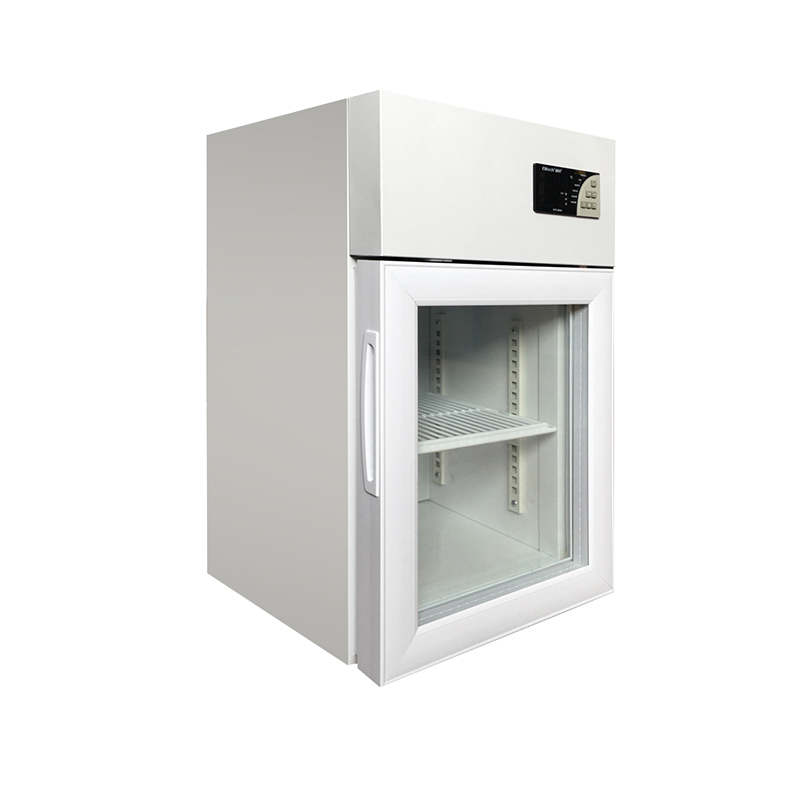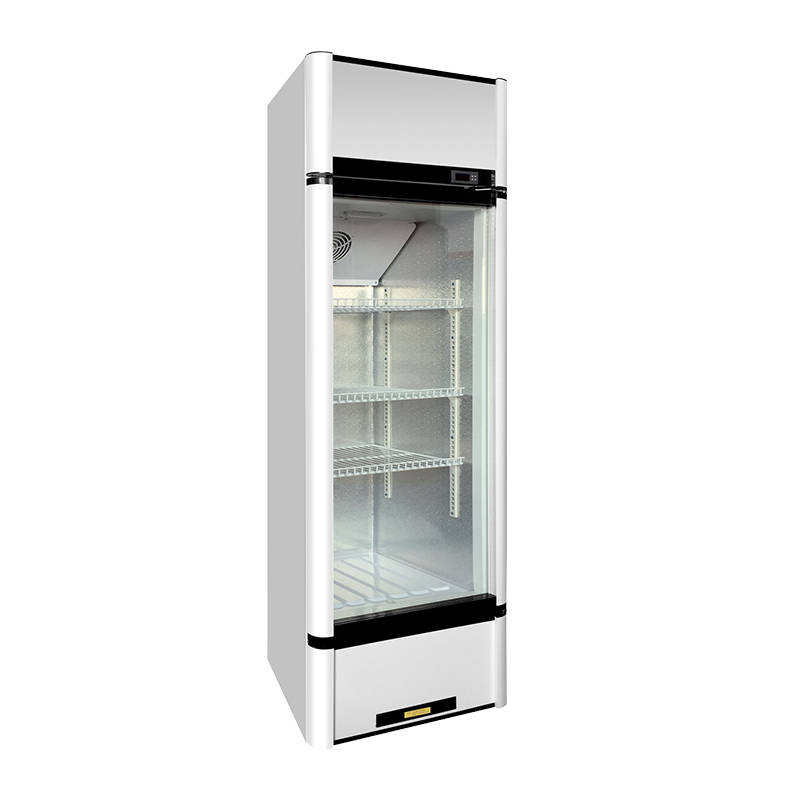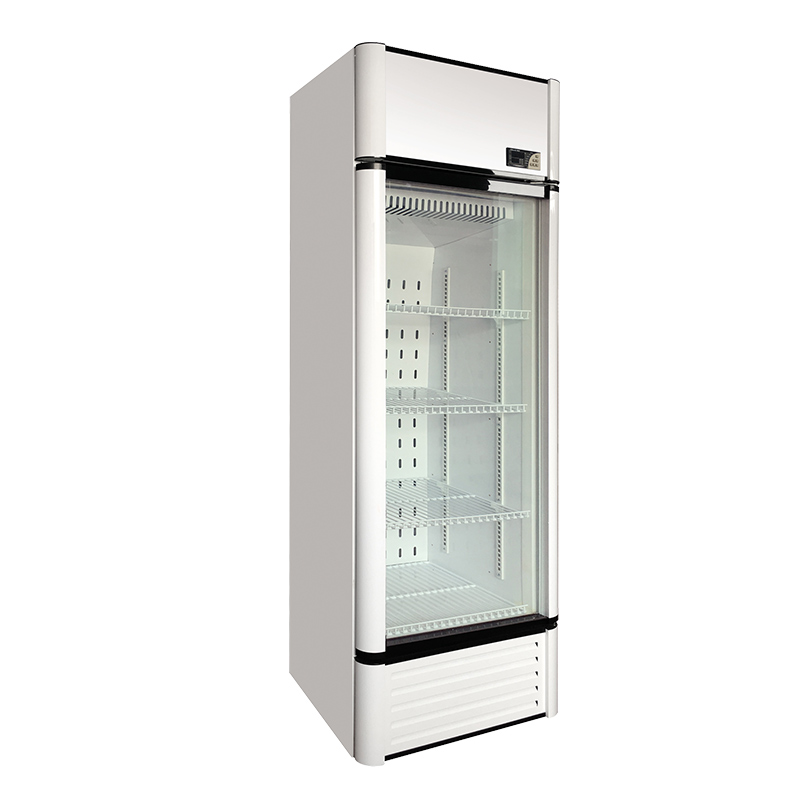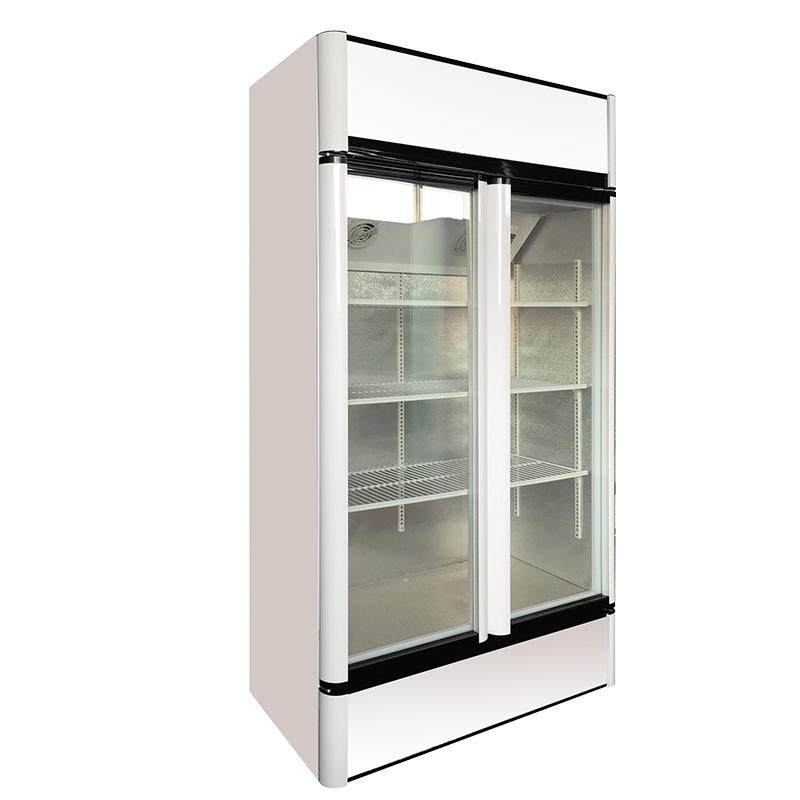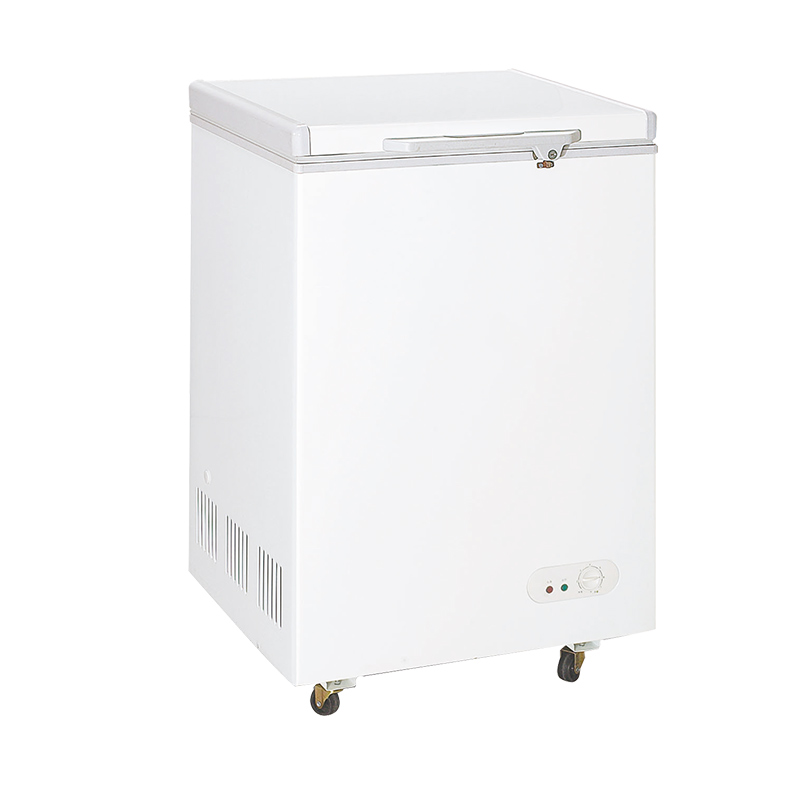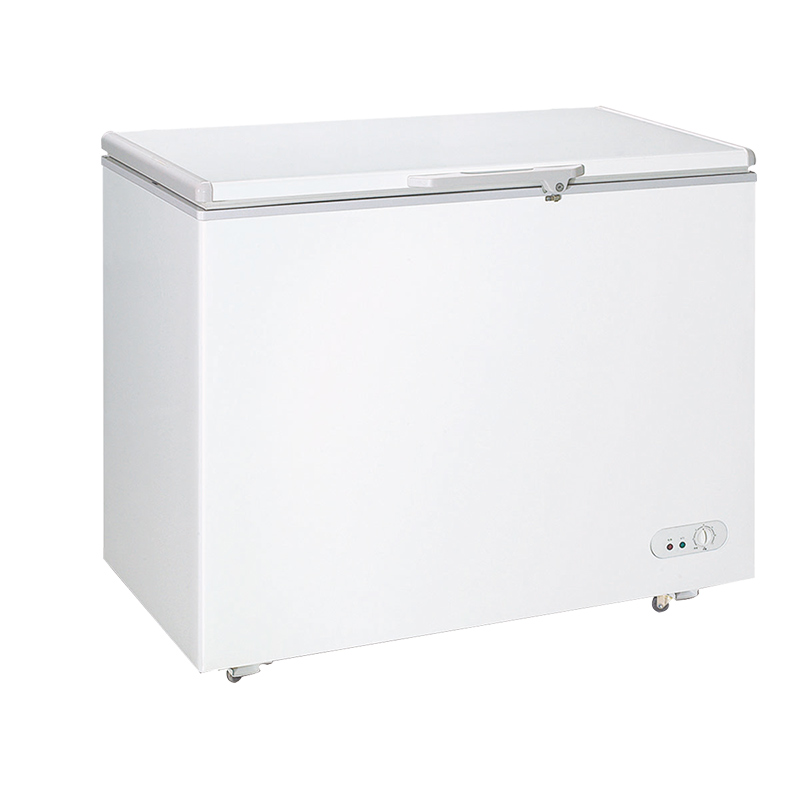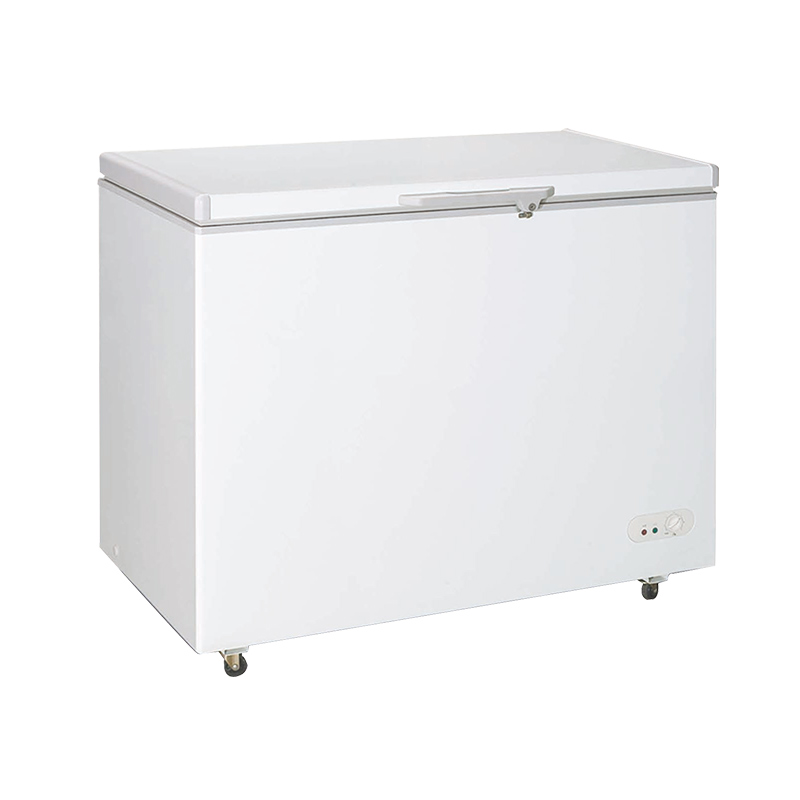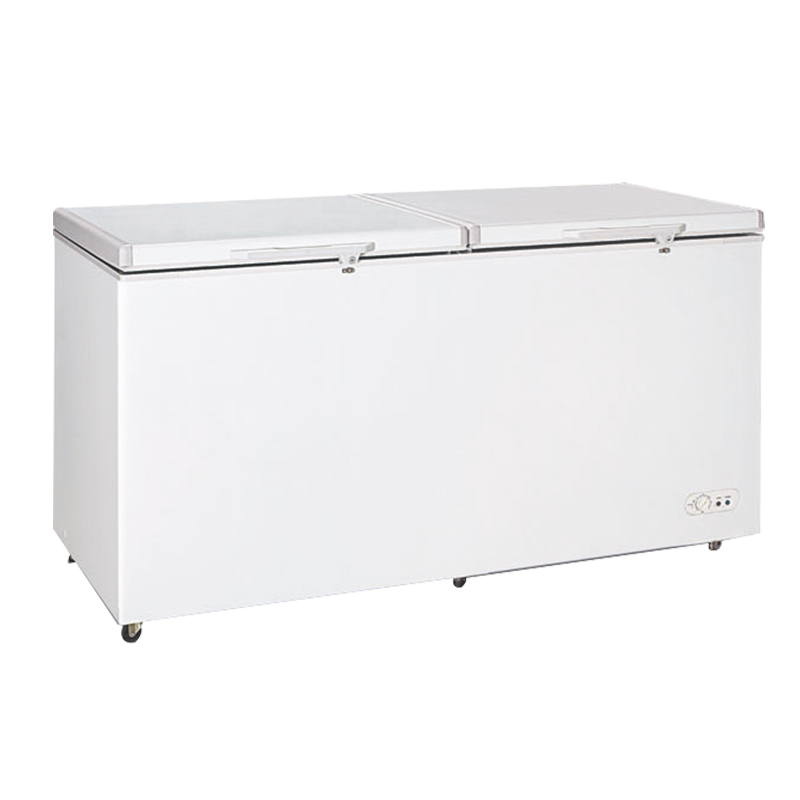Engineers employ various strategies to address noise reduction and vibration control in the development of home appliances. Here are several approaches used by engineers:
Isolation Mounts and Feet:
Engineers often incorporate specialized mounts or feet that isolate the appliance from direct contact with surfaces. This helps absorb vibrations and reduces the transmission of noise to the surroundings.
Anti-Vibration Pads:
Anti-vibration pads made from materials with damping properties are placed strategically to absorb vibrations. These pads are effective in minimizing the transfer of vibrations to the structure on which the appliance is placed.
Balancing Systems:
For appliances with rotating components, such as washing machines or dryers, engineers implement precision balancing systems to ensure even weight distribution. Balanced loads reduce vibrations during operation.
Damping Materials:
The use of damping materials, such as rubber or foam, is common in areas where vibrations are generated. These materials help absorb and dissipate the energy associated with vibrations, reducing the overall noise level.
Structural Reinforcement:
Strengthening and reinforcing the structural components of the appliance, such as chassis or cabinets, can contribute to minimizing vibrations and preventing resonance.
Dynamic Analysis and Simulation:
Engineers conduct dynamic analysis and simulation during the home appliances design phase to identify potential sources of vibrations. This allows for adjustments to be made to the design before the manufacturing process begins.
Precision Engineering:
Precision engineering and manufacturing processes are crucial for minimizing imbalances and irregularities that can lead to vibrations. Accurate machining and assembly contribute to smoother operation.
Acoustic Insulation:
Acoustic insulation materials are used to line the interiors of appliances to absorb sound and prevent its transmission. This is particularly important in appliances with powerful motors or compressors.
Tightening and Securing Components:
Proper tightening and securing of internal components prevent loose parts that can generate noise during operation. Securely fastened components contribute to overall stability.
Variable Speed Control:
In some appliances, incorporating variable speed control for motors allows for optimized operation. Running motors at lower speeds when possible reduces vibrations and noise levels.
Active Vibration Control:
Advanced systems, such as active vibration control, use sensors and actuators to actively counteract vibrations in real-time. This technology is more complex but can offer precise control.
Noise-Reduction Features:
Designing components with noise-reduction features, such as blade designs in fans or airflow optimization, can contribute to lowering the overall noise generated by appliances.
User Feedback and Testing:
Incorporating user feedback and conducting thorough testing during the development phase help engineers identify potential noise and vibration issues.
By combining these strategies, engineers can successfully address noise reduction and vibration control in home appliances, creating products that are not only efficient but also provide a quiet and stable user experience.


 English
English عربى
عربى